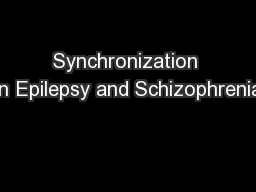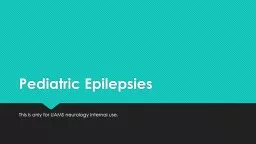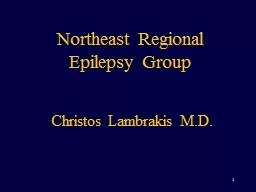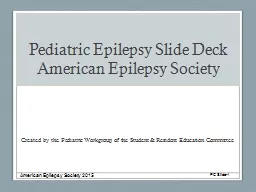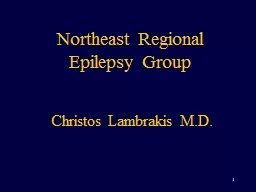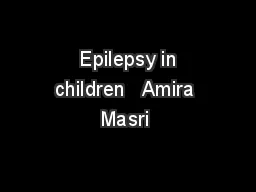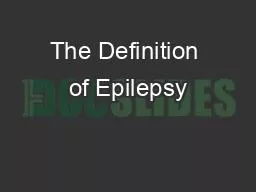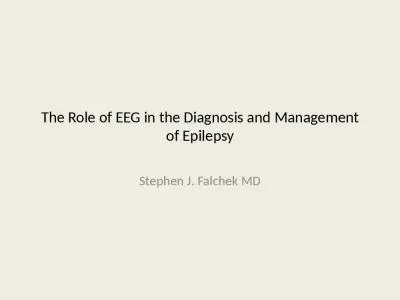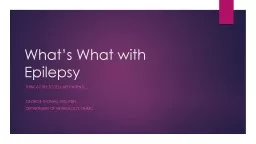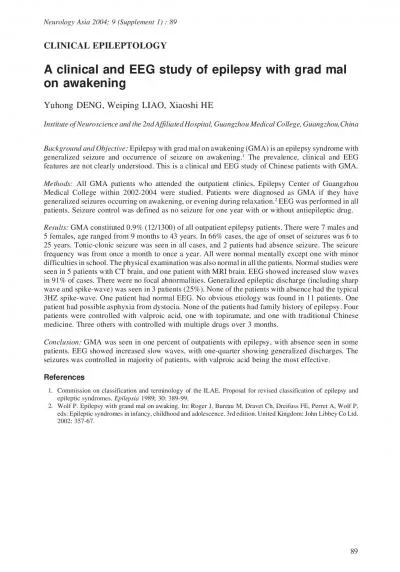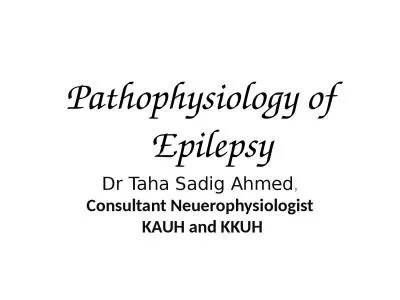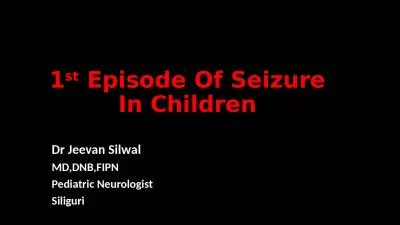PPT-EEG by Age Describing EEG by Epilepsy Syndromes, EEG patterns, EEG descriptors
Author : oconnor | Published Date : 2022-02-16
wwwepilepsydiagnosisorg httpswwwepilepsydiagnosisorg New terms for seizure descriptors Epilepsy syndromes From wwwepilepsydiagnosisorg Developed from ILAE position
Presentation Embed Code
Download Presentation
Download Presentation The PPT/PDF document "EEG by Age Describing EEG by Epilepsy Sy..." is the property of its rightful owner. Permission is granted to download and print the materials on this website for personal, non-commercial use only, and to display it on your personal computer provided you do not modify the materials and that you retain all copyright notices contained in the materials. By downloading content from our website, you accept the terms of this agreement.
EEG by Age Describing EEG by Epilepsy Syndromes, EEG patterns, EEG descriptors: Transcript
Download Rules Of Document
"EEG by Age Describing EEG by Epilepsy Syndromes, EEG patterns, EEG descriptors"The content belongs to its owner. You may download and print it for personal use, without modification, and keep all copyright notices. By downloading, you agree to these terms.
Related Documents


